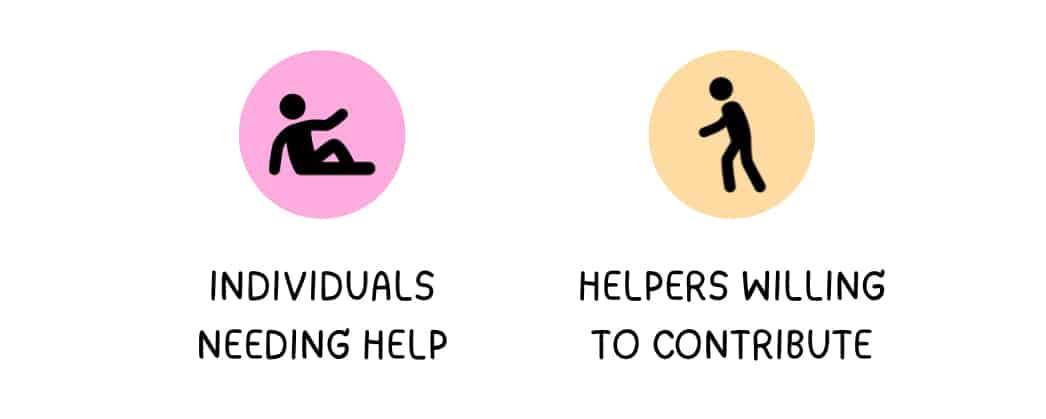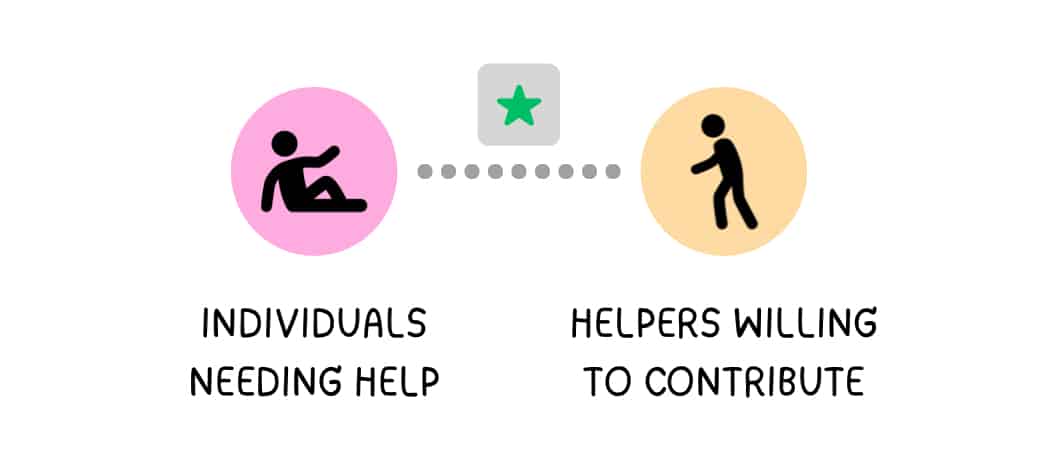
Every day, people are walking around with needs they can’t fulfill on their own. At the same time, others are walking around with the exact skills, resources, or willingness to help that could solve those needs. And yet—they never meet.
That gap, where supply and demand exist but fail to connect, is the matching problem.
It’s not about scarcity. Often, there’s plenty of capacity on both sides. There are drivers with empty cars while commuters stand waiting for a ride. There are skilled freelancers searching for projects while businesses struggle to find talent. There are homeowners with spare rooms while travelers search for affordable stays. The problem isn’t lack of resources. The problem is that the right people can’t find each other at the right time.
The matching problem appears in countless areas of life and business:
- Individuals needing help but not knowing where to look.
- Helpers willing to contribute but lacking a way to reach those who need them.
- Opportunities slipping away because there’s no system to bring both sides together.
This disconnect creates frustration, wasted potential, and inefficiency. And here lies the opportunity: whoever solves the matching problem—by creating a reliable bridge between seekers and helpers—creates value. In fact, many of the world’s most successful businesses are built not by inventing new products, but by perfecting the match.
The Power of Building the Bridge

If the matching problem is about unmet connections, then the solution is to create a system that links both sides together.
Think of it as building a bridge. On one side, you have people who need something. On the other, you have people who can provide it. Instead of trying to be the provider yourself, you become the connector—the platform that brings both together.
This approach has an enormous advantage: you don’t need to own the resources, you just organize them.
Take the case of taxis and riders. In the past, if you wanted to solve the transportation problem, you had to:
- Buy cars.
- Hire drivers.
- Manage schedules, fuel, and maintenance.
But platforms like Uber looked at the situation differently. Cars already existed. Drivers were already available. Passengers were already waiting. The only missing piece was the link. Uber didn’t need to buy vehicles or employ drivers—it just needed to create a reliable system where the two sides could find each other instantly.
This is why solving the matching problem is such a powerful business model:
- Low Asset Burden: You don’t carry the heavy cost of owning everything yourself.
- Scalability: As long as there are more seekers and more providers, your system can keep growing.
- Shared Value: Both sides benefit—one gets their need met, the other gets rewarded for providing it—and you earn value as the trusted connector.
In essence, you unlock hidden potential. You turn underutilized assets (a spare room, a free afternoon, a parked car, unused skills) into opportunities by matching them with people who value them.





